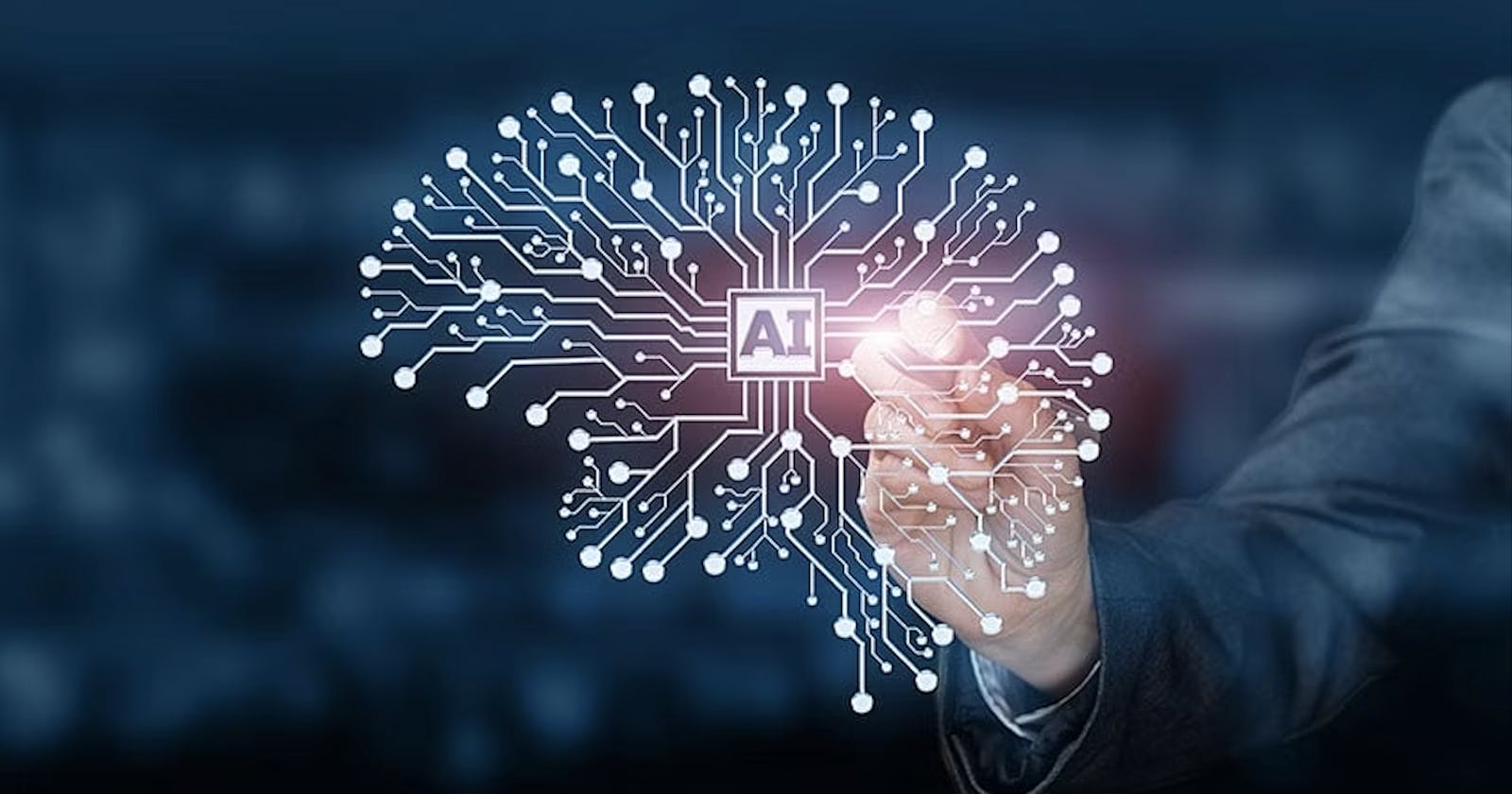The Future of Work
The world of work is undergoing a remarkable transformation, driven by advancements in technology and changing attitudes toward traditional work structures. Remote work, facilitated by the rise of the internet and cloud computing, has become increasingly popular, blurring the lines between office-based and location-independent work. Simultaneously, innovations like Artificial Intelligence (AI) are revolutionizing various industries, making it easier for individuals to work from anywhere and challenging traditional notions of work.
Part 1: The Changing Landscape of Work
1.1 The Rise of Remote Work
Remote work, also known as telecommuting or teleworking, is becoming a prevailing trend in the modern workforce. Enabled by technological advancements, such as high-speed internet, cloud-based collaboration tools, and mobile devices, employees can now work effectively outside the confines of a traditional office. This newfound flexibility empowers individuals to strike a better work-life balance, reduce commuting time, and opens up opportunities for a more diverse workforce.
1.2 Technology's Role in Remote Work
The widespread availability of internet connectivity and the advent of cloud computing have been pivotal in fostering the growth of remote work. Employees can now collaborate seamlessly with colleagues, access company resources, and communicate with clients from any location with internet access. This technological revolution has also led to the rise of digital nomads, individuals who use technology to work remotely while traveling the world.
1.3 Implications for Businesses
The shift towards remote work necessitates a more flexible approach from businesses. Companies need to adapt their work arrangements and policies to accommodate remote employees while providing the necessary support and tools to ensure productivity. Additionally, businesses must address security concerns arising from remote work, as employees may be using their personal devices and networks, potentially exposing sensitive data to security risks.
Part 2: The Future of Work - Traditional Office vs. Remote Work
2.1 The Traditional Office: Perseverance or Obsolescence?
While remote work is gaining popularity, the traditional office is unlikely to disappear entirely. Certain industries and job roles may still require a physical presence due to specific tasks, client interactions, or the need for specialized equipment. Additionally, for some employees, a dedicated office space fosters a sense of community, collaboration, and work routine that aids in productivity.
2.2 The Appeal of Remote Work
Remote work offers undeniable benefits for both employees and employers. From an employee perspective, remote work provides increased autonomy, better work-life balance, and the potential to work with geographically diverse teams. On the other hand, employers can tap into a global talent pool, reduce overhead costs associated with maintaining physical office spaces, and benefit from increased employee satisfaction and retention.
2.3 Hybrid Work Models
The future of work may witness the rise of hybrid work models, combining elements of both traditional office-based work and remote work. In such scenarios, employees can work remotely for a portion of their workweek while still coming into the office for collaborative meetings and team-building activities. This approach attempts to balance the advantages of both work arrangements.
Part 3: Inspiration vs. Copying in Art
3.1 The Artistic Process: Seeking Inspiration
Artists have always drawn inspiration from the world around them, be it nature, emotions, or other artworks. Seeking inspiration is an essential part of the creative process, as it allows artists to explore new ideas, techniques, and perspectives.
3.2 Understanding the Fine Line
While being inspired by other works of art is natural and encouraged, there is a fine line between inspiration and copying. Inspiration involves taking elements from other artworks and incorporating them into one's own creation in a way that is innovative, transformative, and original. Copying, however, is a direct replication of another artist's work without adding any new or distinct value.
3.3 The Importance of Creativity
Creativity is the key to avoiding crossing that line. When incorporating elements from other artworks, artists should infuse their own style, ideas, and unique perspective into the piece. This not only ensures originality but also pays homage to the source of inspiration.
3.4 Giving Credit Where Credit is Due
If an artist's work is directly influenced or inspired by another artist's creation, it is crucial to give credit to the original artist. Citing the source of inspiration not only acknowledges the contribution of the original creator but also demonstrates honesty and integrity in the artistic process.
We still stay divided between the two sides of AI vs Human work. With points for and against the usage of AI in industries, with the disruption of jobs. We wait for a solution to be found.
